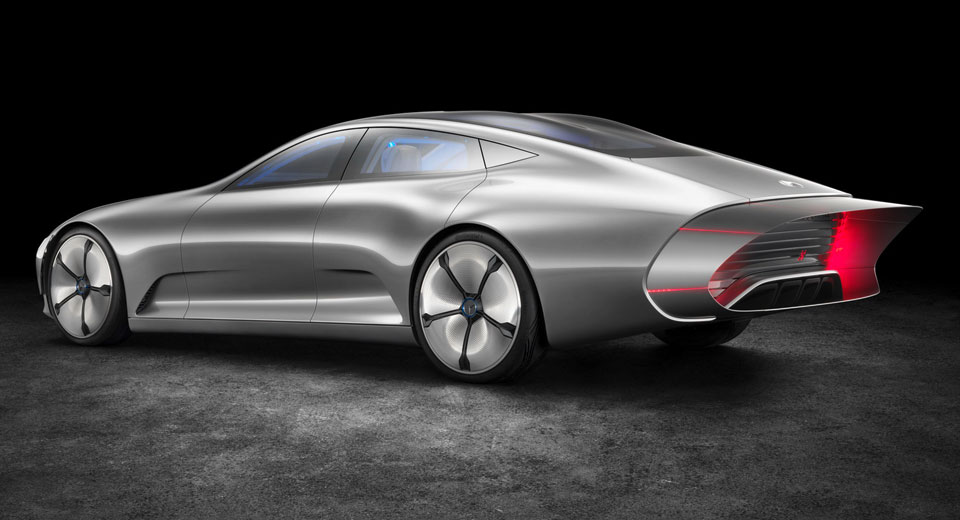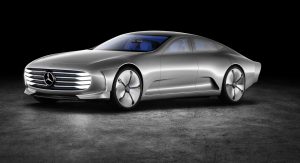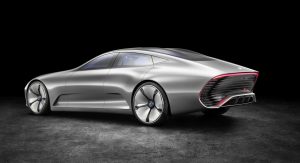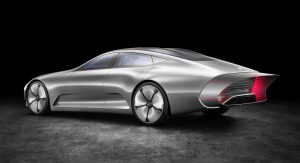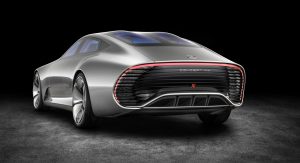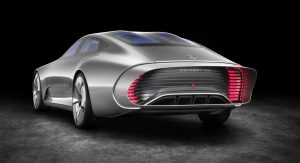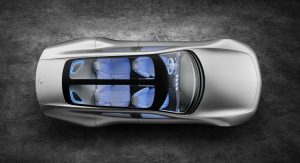Mercedes-Benz may incorporate active aerodynamics into its future electric vehicles in an attempt to improve efficiency and achieve class-leading drag coefficients.
During a recent discussion with SAE, vice president for Group Research and Sustainability and chief environmental officer at Daimler, Anke Kleinschmit, underlined the importance of aerodynamics for better efficiency.
“The potential for reducing air resistance has not been exhausted, although it will slow down. As long as there are no major changes in the basic architecture of vehicles—like their length and form—there is an asymptotic limit of about 0.20 Cd with “conventional” vehicles. With a drag coefficient of 0.22 our CLA, which we introduced in 2013, is coming quite close to this.
“Finding the best solution for portability, space and our overall design philosophy can be further supported with active aerodynamic measures, like our “Transformer” Concept IAA’s features,” she said.
At last year’s Frankfurt Motor Show, Mercedes introduced its IAA Concept which incorporates an active section at the rear that deploys at speeds of over 50 mph (80 km/h) and helps reduce drag. When working in conjunction with other similar aids, the model has a record-breaking drag coefficient of just 0.19.



